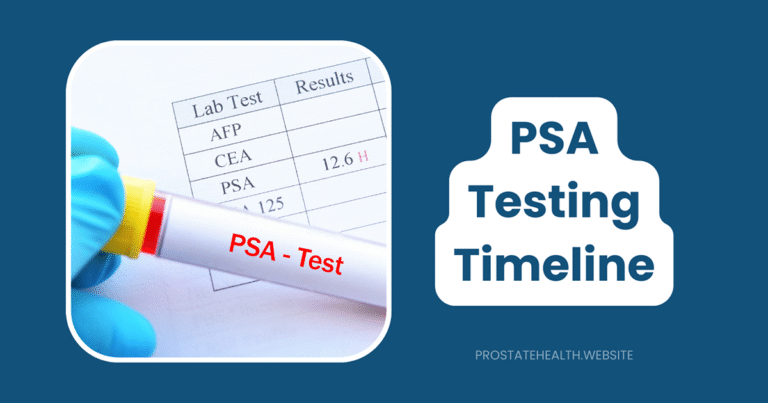
Screening and Diagnosis
Understanding screening options is crucial for prostate health. Learn about available tests, their benefits and limitations, and making personalized screening decisions.
Screening Guidelines – Diagnostic Procedures – Understanding Test Results


Sharing Your Diagnosis: How to Tell Loved Ones About Cancer

Emotional Coping After Diagnosis: Strategies That Work

Just Diagnosed? Essential Questions for Your Prostate Doctor

Second Opinion for Prostate Cancer: Additional Expertise

Prostate False Results: When Tests Get It Wrong! (2025)

Prostate Risk Calculators: How Doctors Assess Cancer Risk
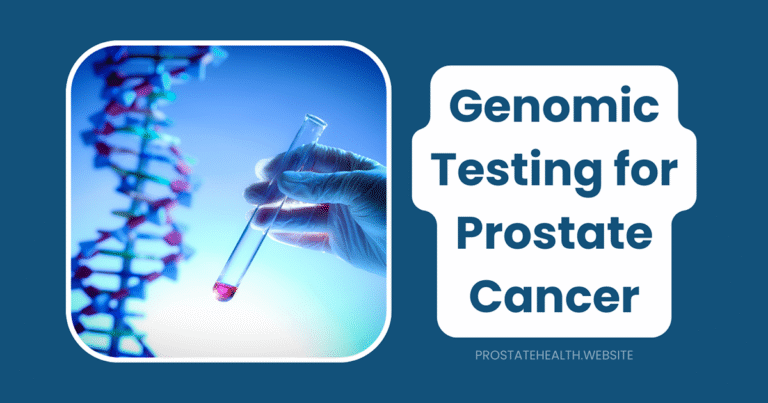
Genomic Testing for Prostate Cancer: Is It Right for You?

Gleason Score Explained: How This Number Guides Treatment
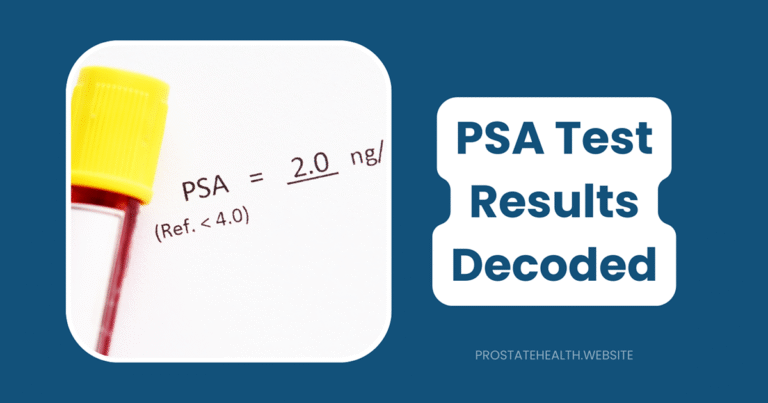
PSA Test Results Decoded: What Your Numbers Actually Mean

Advanced Imaging Techniques for Prostate Cancer (2025)

Inconclusive Biopsy? Next Steps When Results Aren’t Clear
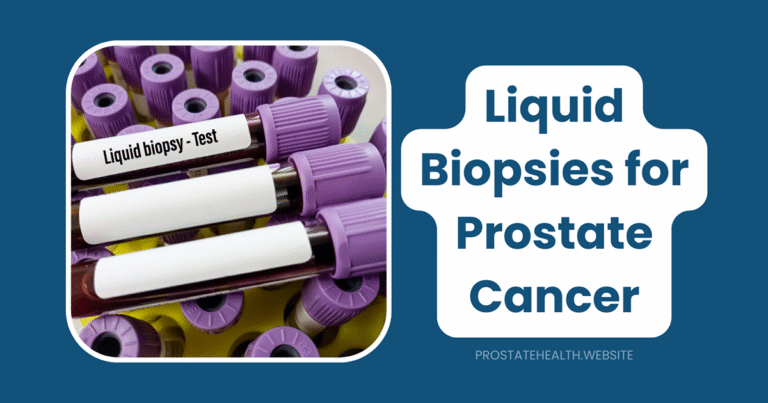
Liquid Biopsies: The Blood Test in Prostate Cancer (2025)
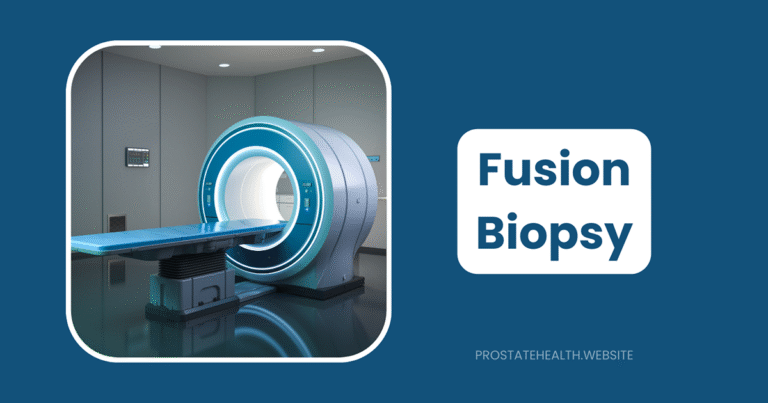
Fusion Biopsy: How This Technology Revolutionizes Detection

Tips Minimizing Discomfort During Prostate Procedures (2025)

Prostate Biopsy Preparation: Essential Steps (2025)

PSMA PET Scans: When Advanced Imaging Is Recommended

Transrectal Ultrasound: A Patient’s Complete Procedure Guide
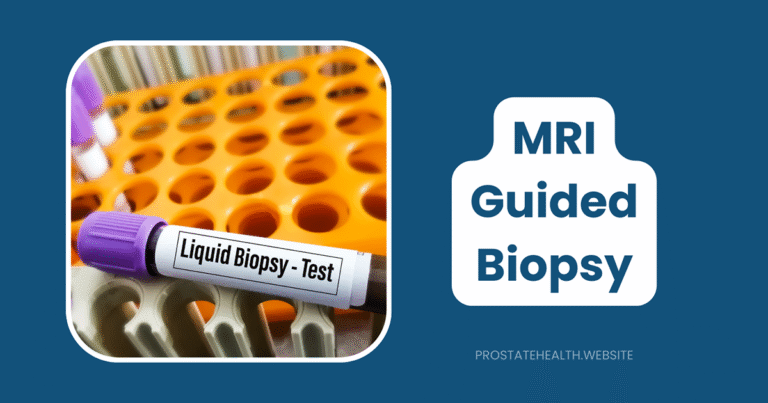
MRI-Guided Biopsy: The Precision Advantage Explained (2025)

Prostate Biopsy Guide: Procedure, Risks, Recovery Timeline

Questions to Ask Your Doctor About Prostate Screening (2025)

Home Testing for Prostate: Reliability, Options, Limitations

New Biomarkers for Prostate Cancer: Beyond PSA (2025)

Prostate Screening After 70: When to Continue, When to Stop

Free and Total PSA: The Critical Difference Explained (2025)
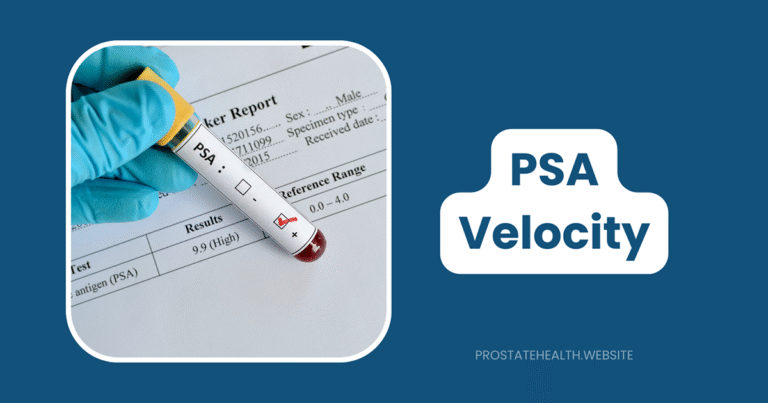
PSA Velocity: Understand the Significance of Rising Numbers!

High-Risk for Prostate Cancer? Your Special Screening Guide
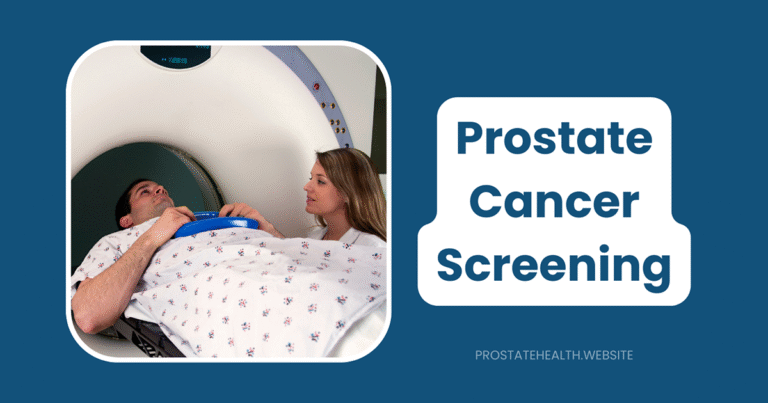
Navigating Prostate Cancer Screening: Clear Guidance (2025)

Digital Rectal Exam (DRE): What to Expect and Why It Matters
